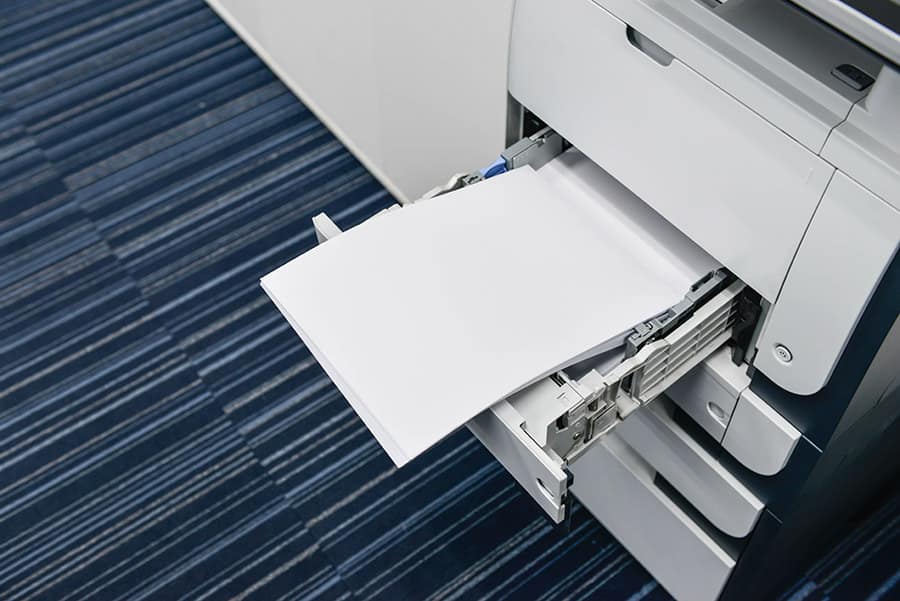What Is Direct Mail Printing?
If you have never heard of direct mail printing, it is important to know what it entails. There are many advantages to this type of marketing, including cost-effectiveness and personalized message. This article will give you some tips on what to expect, as well as some things you should keep in mind when planning your campaign. Read on to learn more about this marketing strategy. Also, we’ll discuss the benefits and process. Whether you need a simple postcard or a full-color booklet, this service can help you out.
(Looking for printing and mailing services? Contact us today!)

Cost-effective marketing strategy
The cost-effective marketing strategy for direct mail printing focuses on targeting your audience. The cost of direct mail advertising depends on many factors, including the type of mailing required, the quality of design, copywriting, and mailing costs. Direct mail advertising can run anywhere from 30 cents to $10 per person, depending on how targeted the campaign is. Direct mail campaigns can increase sales and profits by delivering the right message to the right audience.
The number of recipients is also a key cost-saving strategy, with the larger your mailing list, the cheaper the per-item cost. Another important strategy is to combine mailings to get larger discounts. Using the same mailing list will waste your money because some recipients have moved or died, which makes it useless. If you can find a more accurate and relevant mailing list, you will be able to save on direct mail printing costs.
Personalized message
Personalizing your direct mail campaign is easier than ever. Variable data printing makes it possible to change the message on every mail piece without delaying production time. Advanced data processing software lets you swap out text, images, and other elements to reflect your message. For example, in the postcard below, the recipient’s name and address pull in the image of the local branch, allowing the postcard to speak directly to them. Personalized direct mail is also more effective because it appeals to the recipient’s interests and preferences.
Personalized direct mail helps you stand out from the crowd. Using images and colors that are unique to your audience will capture their attention and increase response rates. Personalizing your message is also an effective way to trigger renewal deadlines or expiration dates. Personalized direct mail is more effective when it comes to generating response rates. If you’d like to learn more about personalized direct mail printing, read on. Here are some tips:
Cost-effectiveness
There are several factors to consider when evaluating the cost-effectiveness of direct mail printing. The size of the business, the number of pieces that need to be produced, and the quality of the material used all play a part in determining the cost-effectiveness of direct mail production. A small business can choose to produce their marketing pieces on their own, or outsource the work to a professional agency or designer.
The most obvious cost-effective way to decrease direct mail printing costs is to target a smaller audience. A mailing list of thousands of people may cost $2,000, but the same amount printed on 500 pieces will cost only $2.25. Another way to reduce the cost of direct mail printing is to print large batches and aggregate them using software or a printer network. Regardless of your marketing goal, there are several options to lower the cost per item.
Process
The process of direct mail printing begins with deciding which materials are suitable for your mailing list. Depending on the purpose of your direct marketing campaign, you can choose from a variety of printing methods. Offset is the most popular method, while digital printing is the most economical. There are a few important steps involved in the printing process. Below are some of the main aspects to consider. Read on to learn more about the printing process.
Making ready – This step makes sure that the print job is ready for the press. It includes setting ink and paper specifications. It also includes trimming the paper to specific measurements, such as envelopes. For instance, if the mailer is using an envelope, they may choose a matte finish to make the copy less glare. Alternatively, metallic paper is made of several layers of film and laminate to achieve a metallic effect.


